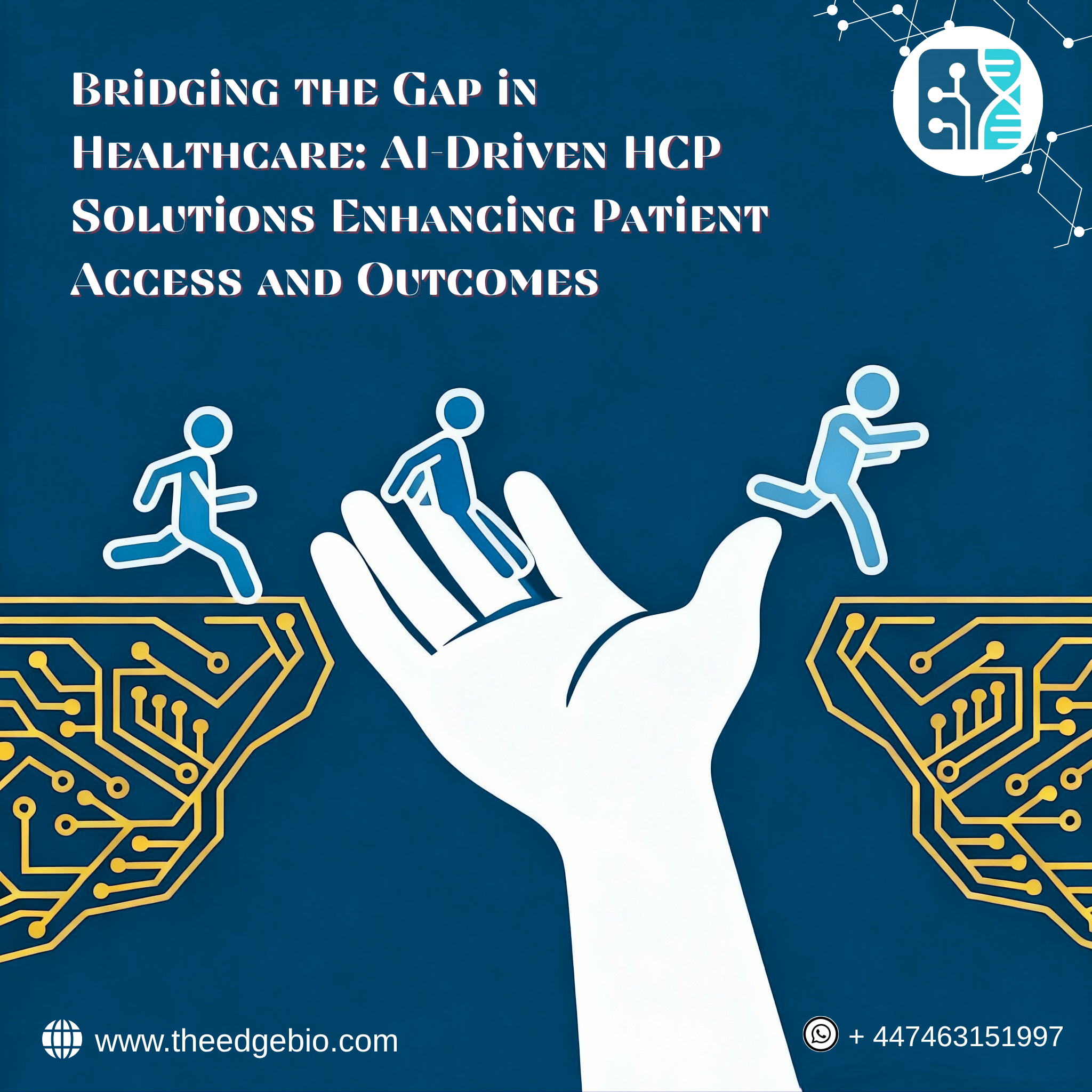
In today’s fast-paced world, healthcare systems face increasing challenges — from long waiting times to limited patient–doctor interaction. The growing demand for personalized, accessible, and efficient care has created a gap between healthcare providers (HCPs) and patients. Artificial Intelligence (AI) is now bridging that gap by transforming how medical data, patient communication, and treatment decisions are managed — bringing both sides closer than ever before.
AI-powered tools are enabling healthcare professionals to better understand patient needs and provide timely interventions. From automated scheduling systems to digital assistants that help manage patient inquiries, AI simplifies interaction, ensuring patients receive quick and efficient responses.
AI leverages massive healthcare data — from electronic medical records to diagnostic reports — to support smarter clinical decisions. By analyzing trends, patterns, and anomalies, AI helps HCPs predict potential health risks, enabling proactive care rather than reactive treatment.
Predictive AI models use patient history and lifestyle data to forecast potential conditions and suggest preventive measures. This personalization allows doctors to offer treatment plans tailored to each individual’s needs, improving recovery rates and patient satisfaction.
AI chatbots are revolutionizing patient engagement. Available 24/7, these intelligent systems handle queries, provide medication reminders, and share health information — reducing communication gaps and empowering patients to take an active role in their health journey.
AI-driven remote monitoring tools track patient vitals in real time, alerting HCPs of any abnormalities. This innovation supports telemedicine and virtual consultations, ensuring that even patients in remote locations receive timely care without needing physical hospital visits.

AI translation and speech-recognition tools help overcome communication challenges between doctors and patients who speak different languages. These systems ensure that no patient is left behind, improving accessibility and inclusivity in global healthcare settings.
Administrative tasks often take valuable time away from patient care. AI automates repetitive processes like documentation, billing, and data entry, allowing HCPs to focus more on diagnosis, treatment, and meaningful patient interaction.
Hospitals and health startups worldwide are deploying AI solutions — from diagnostic imaging powered by deep learning to AI-enabled triage systems. These innovations reduce errors, speed up results, and make healthcare more accurate and responsive.
AI continuously analyzes real-time data from wearables, sensors, and hospital systems. This enables early detection of complications, allowing healthcare teams to act before conditions worsen — ultimately improving survival rates and long-term patient outcomes.
As AI continues to evolve, its potential to create a seamless, patient-first healthcare system is limitless. From predictive care to personalized therapies, AI will keep narrowing the gap between technology, providers, and patients — ensuring a future where healthcare is more connected, compassionate, and effective.
Our in-depth analysis of immersive technology’s impact on collaboration and design has been featured across top industry platforms. Explore the full article at:
AI tools like chatbots, virtual assistants, and automated scheduling systems help streamline communication, allowing patients to get faster responses and updates while reducing the administrative workload for healthcare providers.
AI enhances patient care by offering personalized treatment plans, predicting health risks early, improving diagnosis accuracy, and enabling remote monitoring — all of which lead to better health outcomes and accessibility.
No, AI is not replacing doctors. Instead, it acts as a supportive tool that helps healthcare professionals make faster, data-driven decisions. It improves efficiency and accuracy while allowing doctors to focus more on patient care and empathy.
Please send your query or requirements in detail via whatsapp, and we will respond shortly.
Thank you!